What, where, how, why and above all, Who?! Here’s everything you absolutely, definitely need to know about the greatest show in the galaxy – Doctor Who.
What is Doctor Who all about?
At its most basic level, Doctor Who is a show about a heroic (and occasionally unpredictable) alien who travels through time and space and often finds himself / herself stepping in to defend the weak and defenceless. Humanity is the Doctor’s favourite species, and so a lot of the Doctor’s adventures take place in Earth’s past, present or future.
Doctor Who is the longest-running science fiction show in the world, having begun in 1963 – three years before the first episode of Star Trek. And although it was cancelled in 1989, it was revived in 2005. Thus, the show is split into two eras – Classic Who (1963 – 1989) and New Who (2005 – present day) but with one overarching continuity.
How do Doctor Who seasons work?
So all of the Doctor Who episodes are connected and follow on from each other. Classic Who is split into ‘seasons,’ which can have up to 40+ episodes in them, whereas New Who is split into ‘series,’ which tend to have between 10 and 13 episodes apiece. New Who also has Christmas and New Year specials which slot in between the series, and these fit into to the show’s continuity as well.
At the time of writing, the 14th series of the revival (and the 40th Doctor Who season overall) has just been broadcast, with the 15th due to a arrive n 2025.
What are the Doctor Who spin-offs?
And if Doctor Who‘s 883 episodes aren’t quite enough, there are also the spin-off series: K9 and Company and K9, which star the Doctor’s robot dog K9; Torchwood, which stars the Doctor’s former companion Captain Jack Harkness; The Sarah Jane Adventures starring the Doctor’s former companion Sarah Jane Smith; and Class, which is set at the school that the Doctor’s granddaughter Susan attended, and that his former companions Ian, Barbara and Clara taught at.
There is also a spin-off titled The War Between the Land and the Sea which is due to air in 2025. This will see the military outfit known as UNIT take on the mighty Sea Devils.
Who is the Doctor?
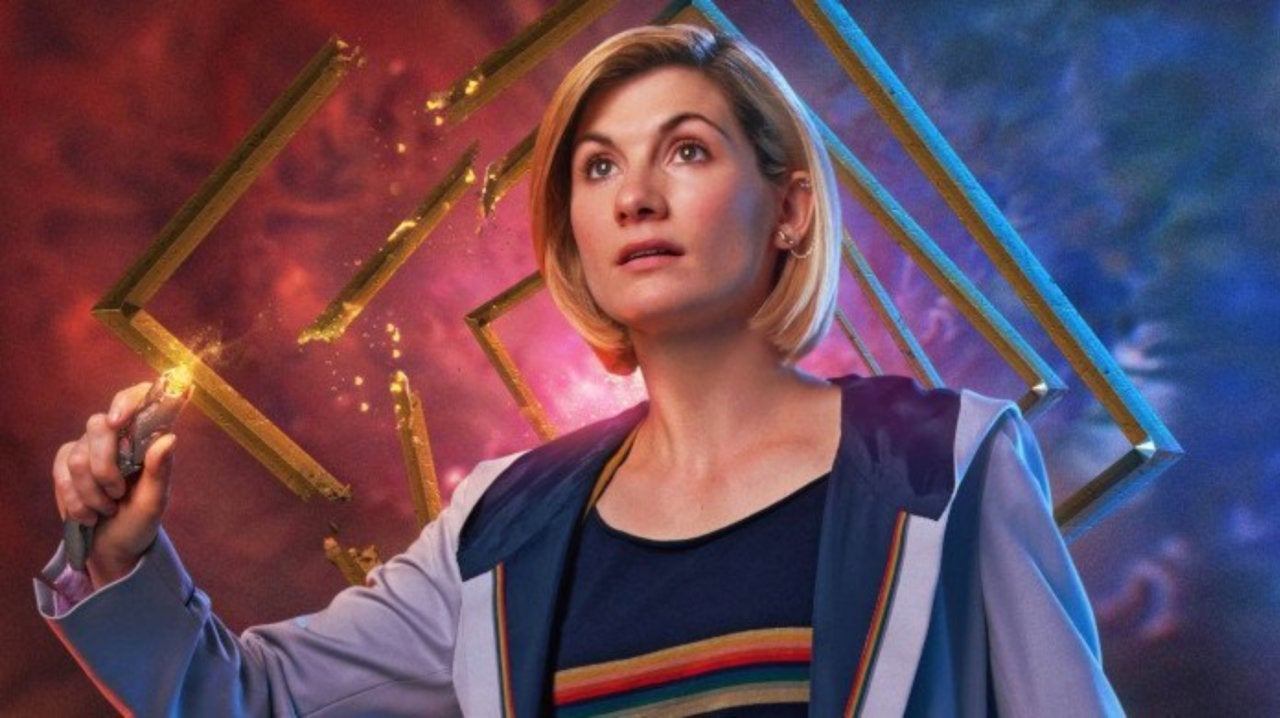
We don’t really know who the Doctor is. A key part of the appeal of Doctor Who is the mystery surrounding the central character. We don’t even know their real name, and even the show’s title – Doctor Who – places that mystery centre stage. Over the years, little pieces of information about the Doctors have been drip-fed, but overall the character’s identity is still one big mystery.
It took several seasons to establish that the Doctor was a Time Lord from the planet Gallifrey. Over the years, the Doctor has gone from being seen as a petty criminal to being a powerful and influential figure to being viewed as an outright menace. And yet, recently, it’s been suggested that the Doctor may not really come from Gallifrey at all, and may have have been abducted as a child. This means that even the Doctor themselves might not know where they come from.
You notice we say ‘they’ rather than ‘him’ or her’? This is because a key part of Doctor Who‘s ongoing success is being able to change the lead actor and replace them with someone entirely different. This is thanks to the ‘regeneration’ concept by which a Time Lord, when mortally wounded or simply worn out, can renew every cell in their body to repair it, meaning that the over the years the Doctor has appeared in both male and female form, and in a manner of different shapes and sizes.
Moreover, the Doctor’s brain cells are affected too, meaning the new actor is free to create their own interpretation of the role.
The Doctors are usually known by number (from the original First Doctor to the current Fifteenth) although they rarely refer to themselves in that way. As far as they’re concerned, they’re all one person. Other ‘secret’ (previously unknown) Doctors have been revealed from time to time – such as the Fugitive Doctor, the War Doctor and the Curator.
The TARDIS… is bigger on the inside?!
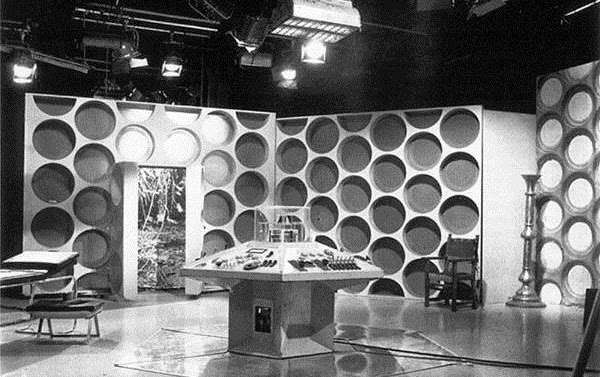
Doctor Who‘s other true constant is the Doctor’s time-space machine the TARDIS, which stands for Time and Relative Dimension in Space. Appropriately, the ship itself is a bit of a mystery; it’s a product of alien technology which is far beyond human comprehension, but also an ancient and obsolete model that tends to perform erratically. Sometimes, it takes the Doctor somewhere completely unexpected, suggesting the Doctor has no control over it.
On the other hand, if the story needs the TARDIS to make a perfect landing, it will. It’s as if the TARDIS is also a living being with a mind of its own, and indeed one of the episodes, ‘The Doctor’s Wife’ from 2011, explores this possibility.
Two other things to keep in mind about the TARDIS: the first is that it’s disguised as an old police box from the 1950s because of its chameleon circuit which allows it to change its appearance to disguise itself wherever it lands. Unfortunately, the Doctor’s chameleon circuit is faulty and has been stuck in the shape of a police box since landing in London 1963 at the very start of the show.
The second thing to keep in mind about the TARDIS is that it’s bigger on the inside. Its main console room is dominated by a hexagonal control panel built around a central column that rises and falls when the ship is in flight. But beyond this is a maze of corridors that people frequently get lost in, and over the years the Doctor has referred to all manner of strange rooms within the TARDIS such as swimming pools and cricket pavilions, although these are rarely seen.
Who are the Doctor’s companions?
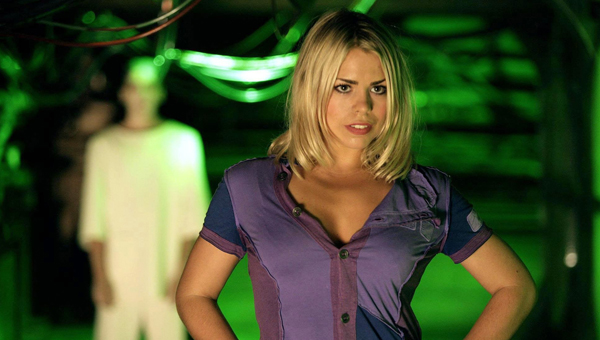
The Doctor almost always has at least one travelling companion with them. They’re often from present-day Earth, and the Doctor provides a unique opportunity for them to explore the wonders of the universe. These companions often become braver, stronger and more resourceful as a result of their travels with the Doctor, and they too inspire the Doctor to reach new heights.
The Doctor’s very first companion was their own granddaughter Susan, who travelled in the TARDIS with her shocked human school teachers Ian and Barbara. The Doctor owes much to Ian and Barbara for helping him to become the hero that he is today.
Other notable companions include the investigative journalist Sarah Jane Smith (who even got her own spin-off series) and the Doctor’s fellow Time Lord Romana, plus Rose Tyler from New Who and occasional companion the Brigadier. Oh and there’s also K9, the Doctor’s one-time robot dog – because who wouldn’t want a robot dog?!
Who are the Doctor’s greatest enemies?
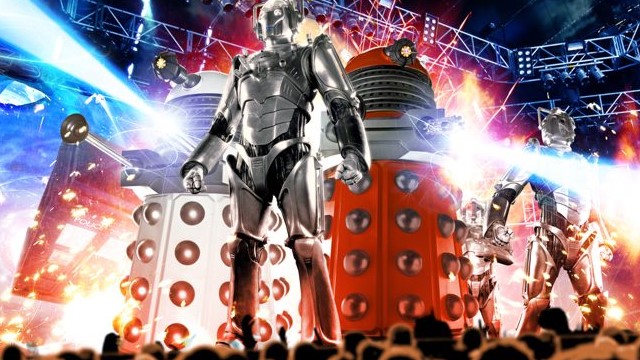
Despite having billions of years and infinite galaxies to explore, there are some enemies the Doctor just keeps running into.
First we have the Daleks. These baddies first appeared in the second ever Doctor Who story, and they are almost as famous as Doctor Who itself. As mutants descended from the survivors of a horrific war on the planet Skaro, the Daleks were genetically engineered to survive at any cost. With a gigantic intelligence matched only by their cruelty, the Daleks are hostage to their own runaway xenophobia: a fear of the unlike which drives their obsession to exterminate all other lifeforms in the universe.
Then we have the Cybermen. There have been many different versions over the years, but all of them began as human beings who were desperate to survive at any cost, and went about this by replacing various body parts with cybernetic alternatives until they became completely ‘robot.’ Cybermen also alter their own brains to remove any emotions, as emotions are considered to be a weakness. Worse, Cybermen have decided that it’s illogical to be anything other than ‘cyber-form,’ and have made it their mission to convert the rest of humanity into creatures like themselves.
Next is The Master, who was conceived as the Moriarty to the Doctor’s Sherlock Holmes. They’re also a Time Lord, and actually went to school with the Doctor. But while the Doctor left Gallifrey to see the universe, the Master became hell bent on conquering it. That being said, the fact that the pair used to be best friends gives their confrontations an unusual tension, as does the fact that, being each other’s equals, they almost enjoy playing with each other.
Finally we have the Weeping Angels: assassins from the dawn of time, and one of the greatest creations of modern Doctor Who. They look like innocent stone statues when you look at them, but only when you look at them; they literally turn to stone in the sight of other living beings, but they become flesh and blood as soon as their victims so much as blink. Impossibly fast, they live off the potential energy of their victims, literally consuming their unlived days.
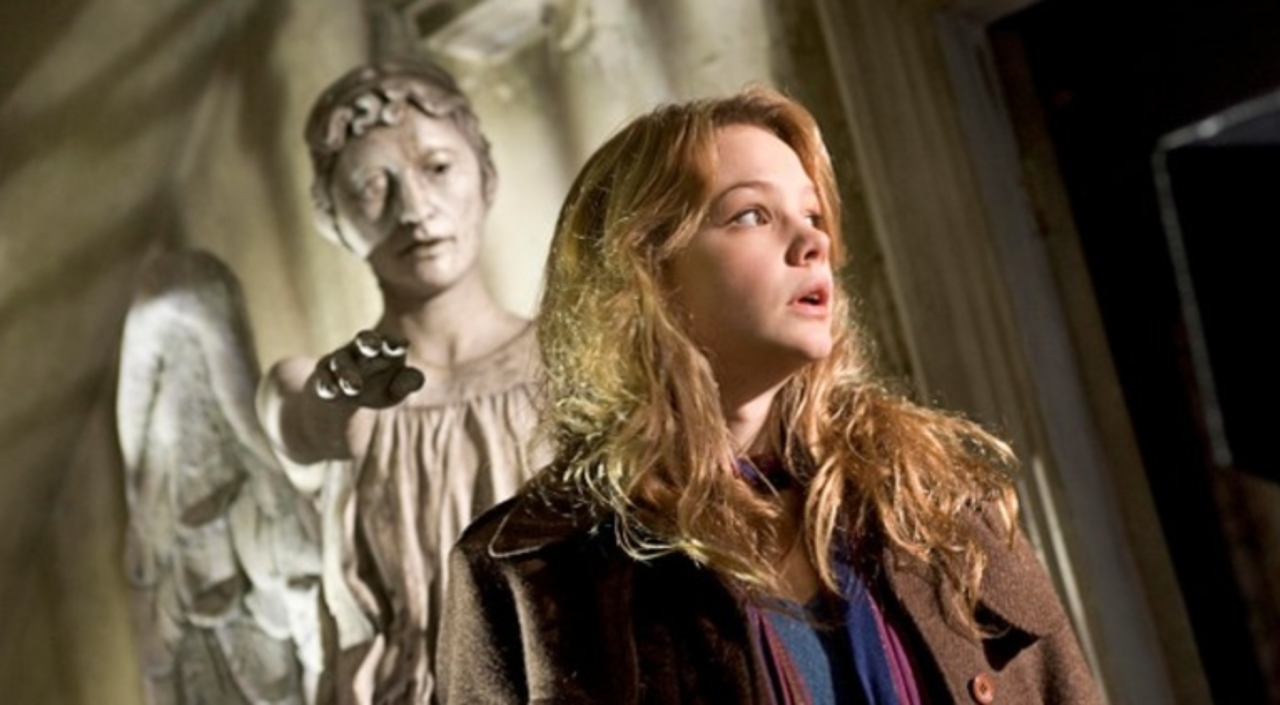
Where should you start with Doctor Who?
Doctor Who is celebrated as the show that can do anything and go anywhere. There has been an incredible range of stories down the years, so here’s just a brief selection to get you started (given in chronological order.)
An Unearthly Child – the very first story, introducing William Hartnell as the First Doctor. It tells the story of two schoolteachers Ian and Barbara as they investigate their strange student Susan and get whisked away to the Stone Age.
The War Games – a 10 part epic in which the Time Lords make their debut, ‘The War Games’ also reveals that the Doctor is actually a wanted criminal with a stolen TARDIS. It also kicks off the arc that would dominate the next few seasons, with the Doctor being exiled to Earth by his own people.
Genesis of the Daleks – predicting that the Daleks would one day pose a devastating threat to the universe, the Time Lords force the Doctor to go back in time to avert their creation. Enter the evil genius the made them in his own malign image: Davros!
The TV Movie – in 1996, Doctor Who had been off our screens for seven years, but it came back for one night only in an American co-production starring Paul McGann as the Eighth Doctor. It’s part of the overall fabric of Doctor Who continuity, with McGann even returning briefly for 2013’s 50th Anniversary celebrations. Its influence can be seen on the 2005 revival too, with the new team learning lessons from the TV Movie to create a brand new format for the show.
Rose – it was an episode fans thought would never come: the one that brought Doctor Who back from the dead. Christopher Eccleston’s Ninth Doctor was unlike any seen before, yet still absolutely the same man. It created an entirely new style for Doctor Who, fit for the 21st century, and began to explain the terrible Time War that had raged while the Doctor had been away from our screens.
Blink – one of the most popular Doctor Who stories of all time is one in which, ironically, the Doctor is hardly in! Instead, ‘Blink’ focuses on the character of Sally Sparrow in a spine-tingling story where she uncovers a mysterious message from the Doctor that’s hidden on random DVD extras, and tries to work out how it relates to the mysterious stone statues…
The Church on Ruby Road – this was the beginning of a whole new era of Doctor Who starring Ncuti Gatwa as the eponymous Time Lord. ‘The Church on Ruby Road’ was designed as a jumping-on point for those brand new to the series, particularly international viewers who were watching for the first time on Disney+.
And if you fancy digging a little deeper, check out our handy guides for getting started with Classic Who and getting started with New Who.
Where to next?
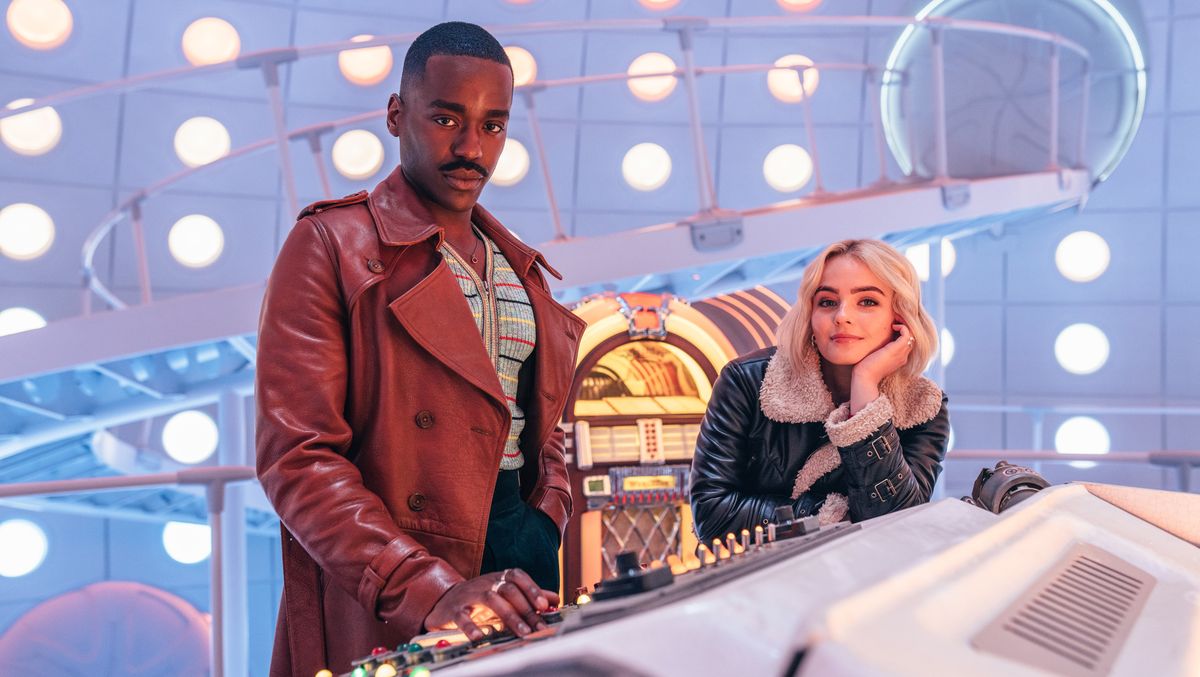
Ncuit Gatwa’s second season in the TARDIS is due to air in 2025. Fans can also look forward to the upcoming Sea Devils spin-off The War Between the Land and the Sea, which is due to transmit the same year. The Fifteenth Doctor also has a 2024 Christmas special on the horizon called ‘Joy to the World,’ which will likely air on Christmas Day. It’s penned by Steven Moffat.
At the time of writing, the BBC hasn’t confirmed whether the Fifteenth Doctor will get a third series in the TARDIS.
Listen up!
And if you’re itching for even more Doctor Who, you might want to consider Big Finish Productions. Big Finish produces audio adventures for all of the past Doctors, and even creates content for spin-off shows like Class and Torchwood, plus its own spin-off series such as Jago and Litefoot, Counter Measures and The Paternoster Gang.
Simply put, it’s a huge universe, and whilst these stories might not necessarily make sense if you’re unfamiliar with the main Doctor Who canon, they are hugely enjoyable. Big Finish is also the best place to go for the majority of the Eighth Doctor‘s adventures, as his TV tenure was restricted to a single movie in 1996, and a 2013 minisode.
So there we go. Where will you begin your Doctor Who journey? Or, if you’re a fan already, where would you suggest a person starts? Let us know in the comments below…

Thirteenth Doctor’s scarf – order now from the Lovarzi shop!








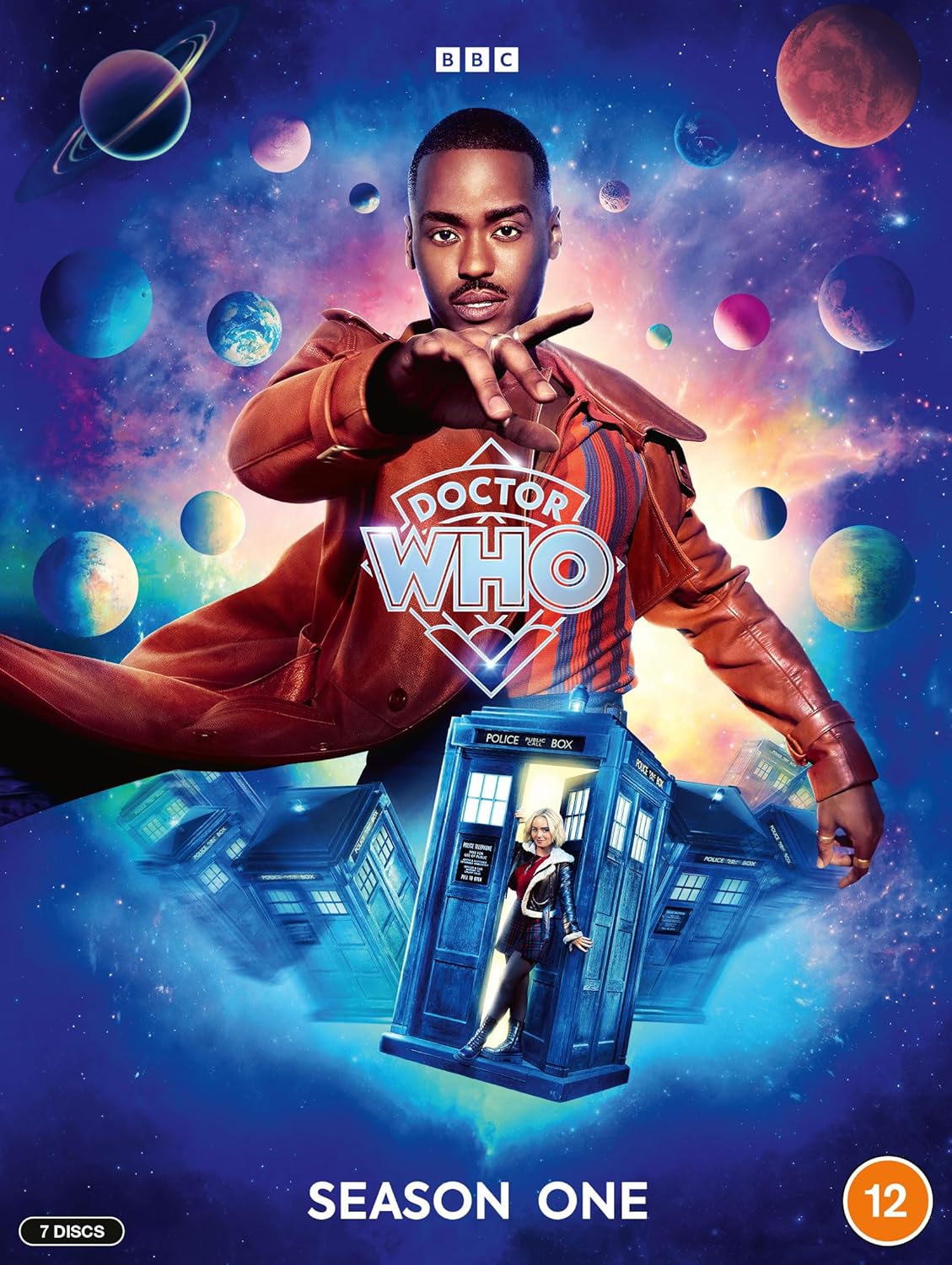
Leave a Reply